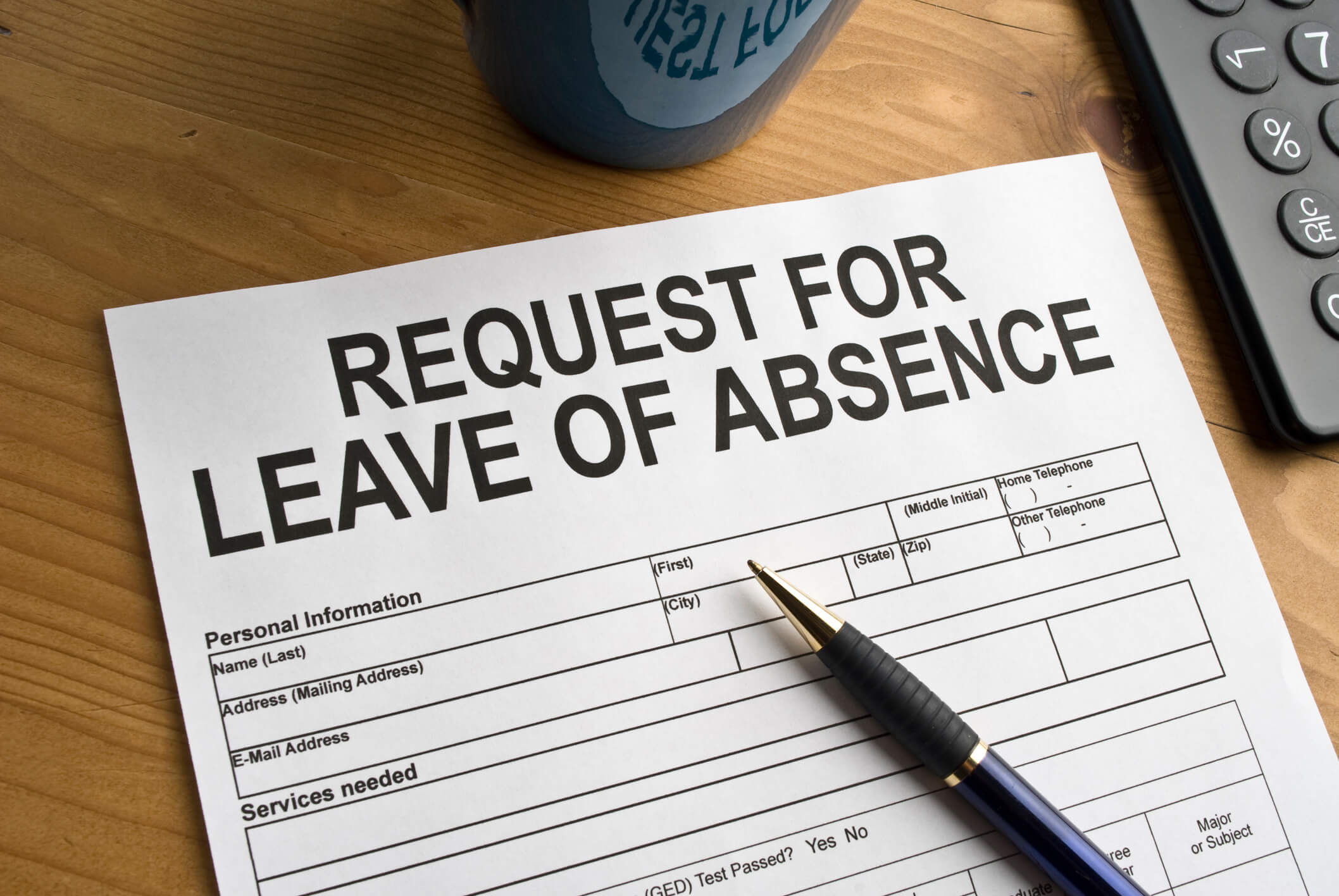Quick Hits
- On February 21, 2025, Michigan Governor Whitmer signed an amendment to the Earned Sick Time Act, providing several employer-friendly changes.
- Employers with ten or fewer employees now have until October 1, 2025, to comply.
- Highlights of the amendment include clarifications regarding covered employer qualifications, benefit accruals, employee eligibility, and benefit amounts.
Quick History
In 2019, Michigan enacted the Paid Medical Leave Act (PMLA) in response to an adopted ballot initiative that originally called for the ESTA. At that time, employers implemented changes to their paid time-off policies to comply with the PMLA. However, after the PMLA’s implementation, litigation ensued challenging the adopt-and-amend procedure used by the legislature to move from the ESTA to the PMLA. On July 31, 2024, the litigation reached the Michigan Supreme Court, which, in a 4–3 decision, ruled that the adopt-and-amend approach was unconstitutional. The Michigan Supreme Court confirmed that the ESTA should have taken effect and set its implementation date for February 21, 2025. The ESTA represents a vast departure from the PMLA.
Where Are We Now?
Since the Michigan Supreme Court’s decision, Michigan’s lawmakers have been working to amend the ESTA before its implementation date. Down to the wire, that amendment has now passed and takes effect February 21, 2025; however, employers with ten or fewer employees have until October 1, 2025, to comply. The amendment makes several employer-friendly changes, provides more clarity on the ESTA’s requirements, and makes the law easier to administer.
While the official amendment contains further changes, here are some highlights:
| Provision | PMLA | ESTA | ESTA as Amended on February 20, 2025 |
| Covered Employers | Applies to employers with 50 or more employees (small business exemption). | Applies to employers, but small employers with fewer than 10 employees must provide slightly different benefit. No exemption. | Applies to all employers, but employers with 10 or fewer employees must provide slightly different benefits. Exempts new business start-ups for 3 years. |
| Benefit Accrual | Explicitly permits frontloading or minimum accrual of 1 hour paid leave for every 35 hours worked. | No frontloading provided explicitly; frontloading employers still need to track accrual and comply with carryover requirements. Minimum accrual of 1 hour paid leave for every 30 hours worked. | Provides for frontloading at the beginning of a year for immediate use. When frontloading is used, employers do not need to calculate and track accrual. Additional written notice requirements when time is frontloaded for part-time employees. Accrual rate remains 1 hour paid leave for every 30 hours worked. |
| Eligibility | Excludes exempt, seasonal, temporary, and other employees. | Does not exclude any employees. Expands “family member” to include domestic partners (defined in the act) and “any other individual related by blood or affinity whose close association with the employee is equivalent to a family member.” | Excludes (1) employees that can set their own working hours (with conditions), (2) unpaid interns or trainees, and (3) youth employees as defined under the Youth Employment Standards Act. Definition of “family member” eliminates individuals related by affinity, but recognizes individuals in close relationships that are equivalent to a family relationship. |
| Benefit Amount | 40 hours of paid sick leave. | 72 hours of paid sick leave. Employers with fewer than 10 employees must provide 40 hours of paid leave and 32 hours of unpaid leave. | 72 hours of paid sick leave per year 40 hours of paid sick leave per year for employers with 10 or fewer employees. |
| Use of Other Paid Time Off | May comply with the act by providing other paid time off available for statutory purposes. | Same/unchanged. | Same/unchanged. |
| Carryover | Must carry over up to 40 hours if using the accrual method. No carryover for frontloading. | Must carry over any balance (without regard to the method used to award the time). | No carryover if employers choose to frontload. Employers using an accrual method must carry over up to 72 unused hours (40 hours for employers with 10 or fewer employees). |
| Cap on Use | May cap at 40 hours of use per year. | May cap use at 72 hours per year. | May cap use at 72 hours per year. Employers with 10 or fewer employees may cap use at 40 hours per year. |
| Increment of Use | The employer may set the increment. | The smaller of 1 hour or the smallest increment of time the employer uses to track other absences. | Either 1-hour increments or the smallest increment the employer uses to account for absences of use of other time. |
| Supporting Documentation | If requested, employees must provide within 3 days. | Can only be requested if the employee is absent for more than 3 consecutive days. If requested, the employee must provide in a “timely manner,” and the employer must pay for any out-of-pocket expenses incurred in obtaining the documentation. | Same/unchanged—requires employees to provide documentation within 15 days. |
| Retaliation | No specific prohibition on retaliation. | Prohibits retaliation with a rebuttable resumption of retaliation, if adverse action is taken against an employee within 90 days of certain activity protected by the act. | No rebuttable presumption of retaliation. Adverse personnel action may be taken against an employee for using earned sick time for a purpose other than that provided in the act or if the employee violates the notice requirements of the act. |
| Remedies | Administrative complaint only. Must be filed within 6 months. No private cause of action. | Provides a private cause of action with no administrative exhaustion requirement. Can still file an administrative complaint. 3-year statute of limitations on private action. | Administrative complaint only. No private cause of action. 3-year statute of limitations. |
| Effect on Collective Bargaining Agreements (CBAs) | Did not override a CBA then in effect. Subsequent CBAs need to comply. | Same/unchanged. | Same/unchanged. Also provides a similar exception for certain employment contracts. |
| Waiting Period | Employers may require employees to wait 90 days after hire to use their sick time. | Employers may require an employee hired after the effective date to wait until the 120th calendar day after hire to use accrued sick time. | |
| Calculation | Earned sick time is paid at the employee’s normal hourly wage. | Clarifies that the rate of pay does not include overtime, holiday pay, bonuses, commissions, supplemental pay, piece rate pay, tips or gratuities in the calculation. | |
| Effect on Termination, Transfer, and Rehire | The employer must reinstate any unused sick time if rehired within 6 months of separation. | The employer must reinstate any unused sick time if rehired within 2 months of separation unless the value of the sick pay was paid out at time of termination or transfer. | |
| Employee Notice | Rely on usual and customary rules. | The employer may create a policy on requesting sick leave if the employer provides the employee a copy of the written policy and the policy allows the employee to provide notice after the employee is aware of the need for earned sick time. | |
| Employer Notice | Written notice must be provided to an employee at the time of hire or not later than 30 days after the effective date of the amendatory act, whichever is later, including: the amount of earned sick time to be provided; the employer’s choice of how to calculate the year; the terms under which sick time may be used, retaliatory personnel action is prohibited; and the employee’s right to file an administrative complaint. |
These changes will likely be welcomed by many employers. Employers can now confidently adjust and administer their existing paid time-off policies to comply with the amended ESTA.
Ogletree Deakins’ Detroit (Metro) office will continue to monitor developments with respect to Michigan’s Improved Workforce Opportunity Wage Act and Earned Sick Time Act and provide updates on the firm’s Leaves of Absence and Michigan blogs as additional information becomes available.
In addition, Ogletree Deakins’ Client Portal tracks developments in Michigan Paid Sick Leave for all clients. Premium and Advanced subscribers also have access to links to state agency guidance, notice posting resources, and templates that comply with Michigan Sick and Safe Time Leave laws, which will include an update for the new ESTA amendment shortly. For more information on the Client Portal or a Client Portal subscription, please reach out to clientportal@ogletree.com.
Follow and Subscribe
LinkedIn | Instagram | Webinars | Podcasts







